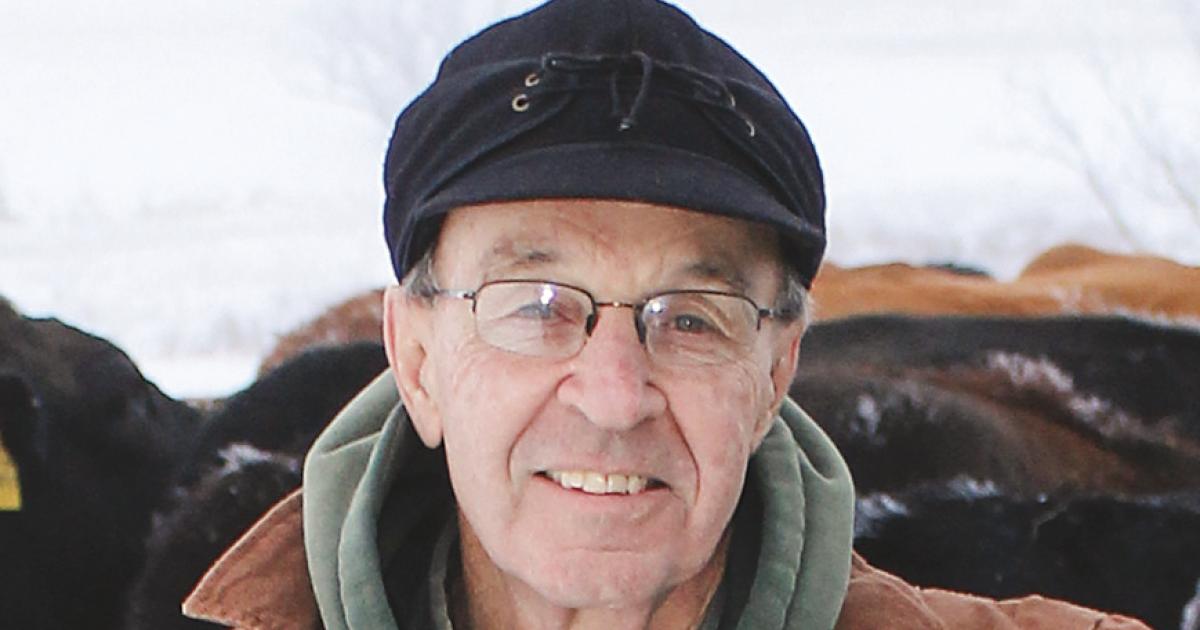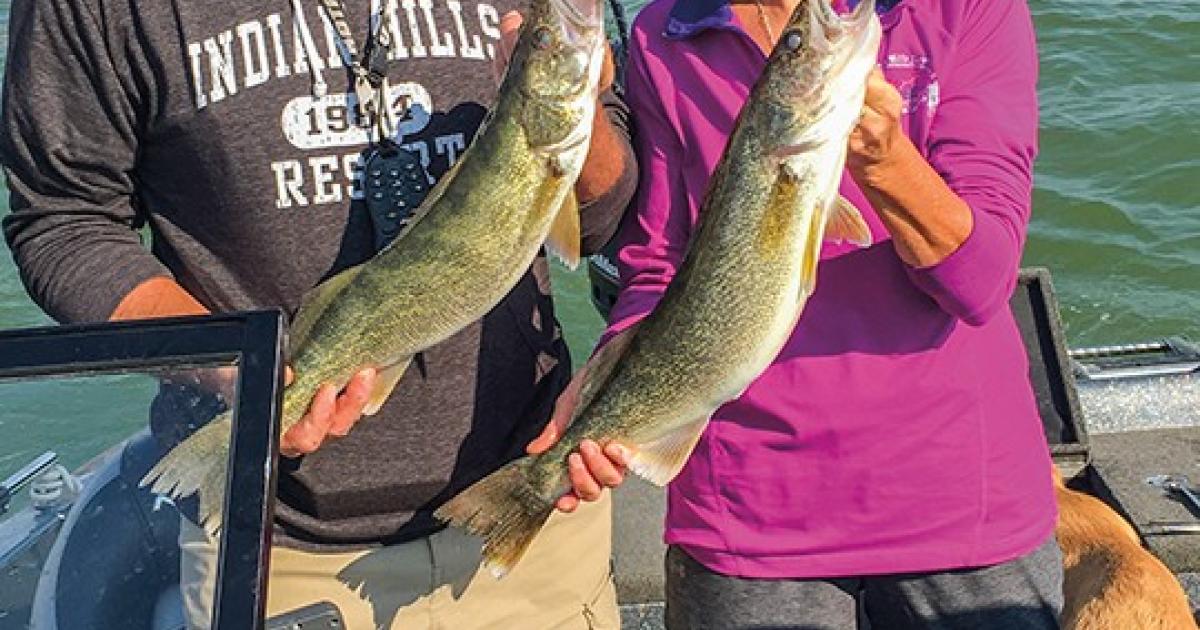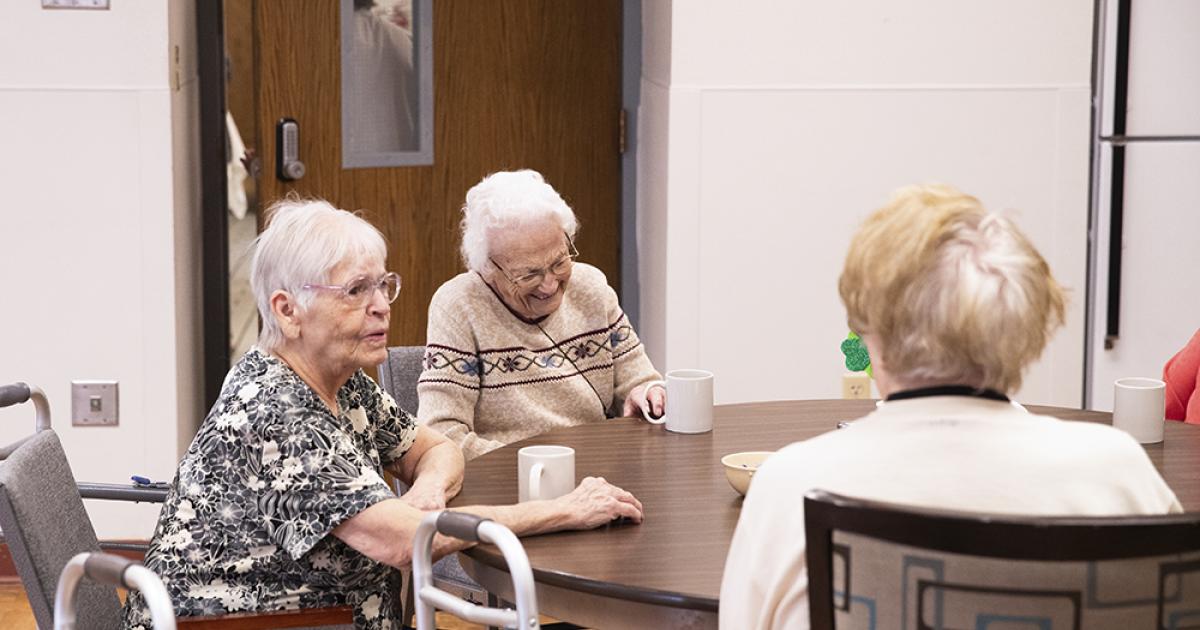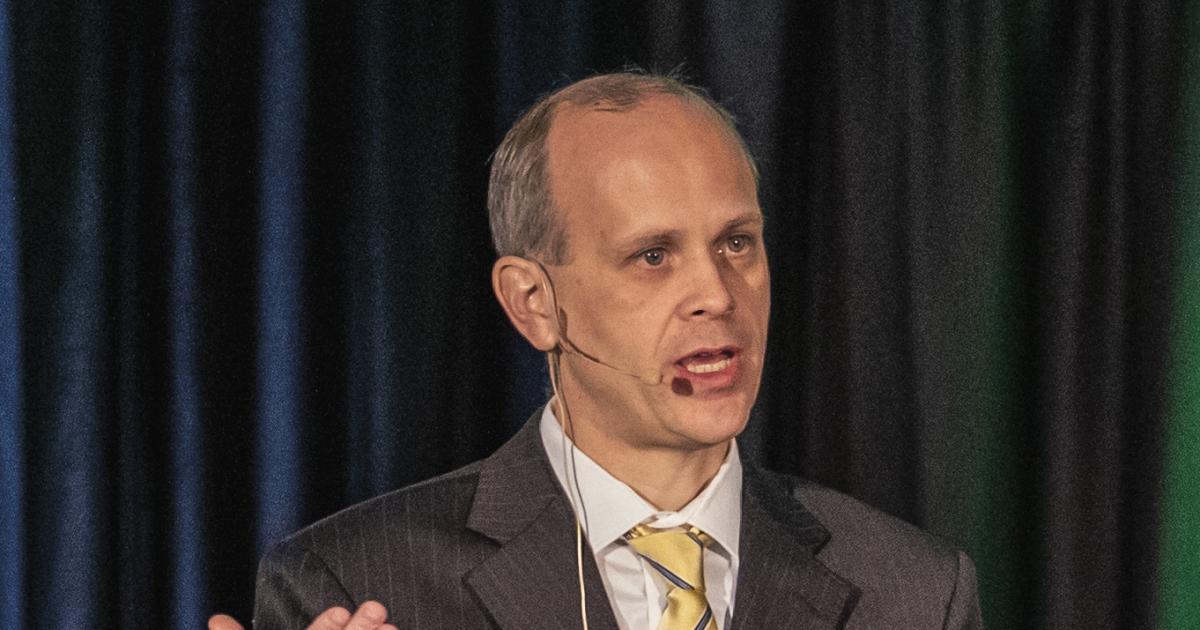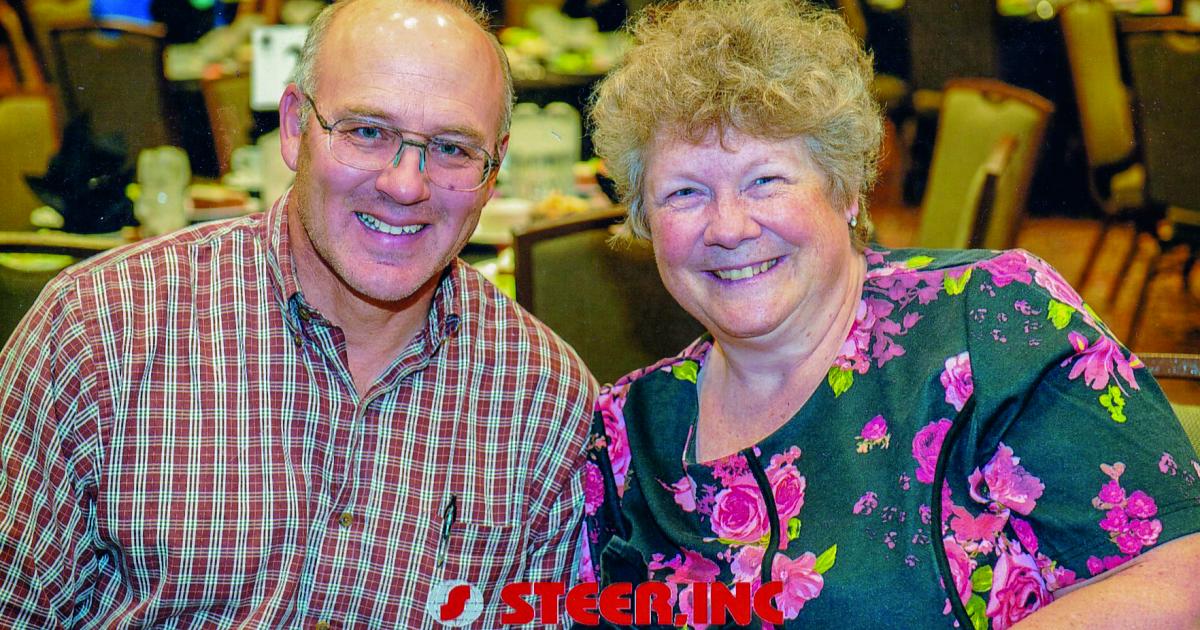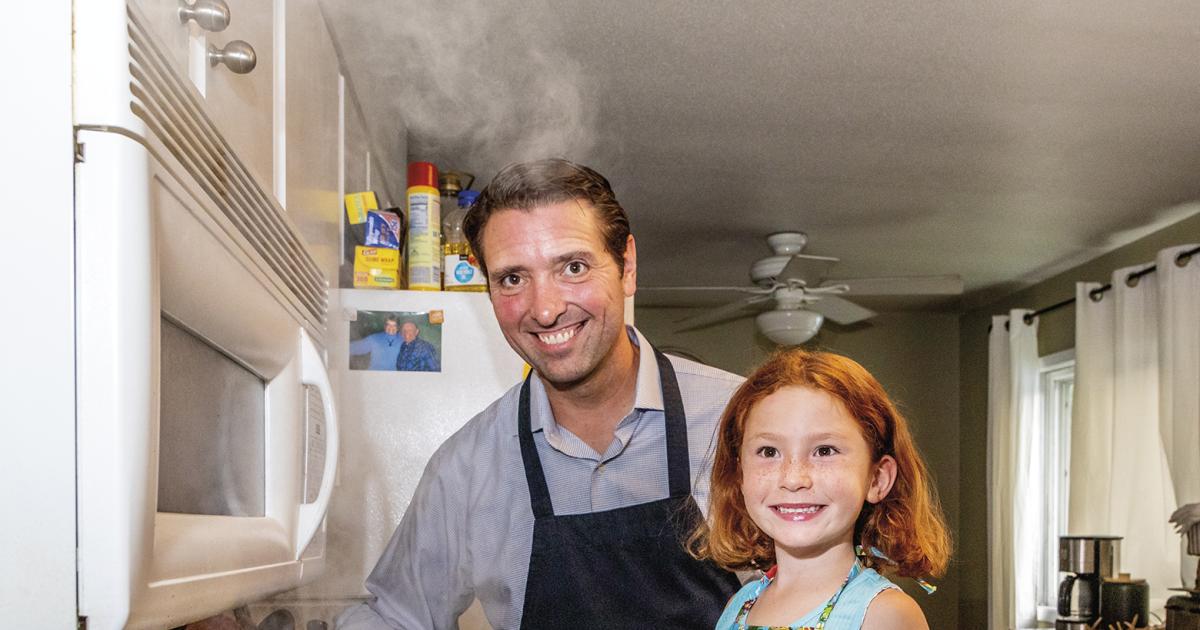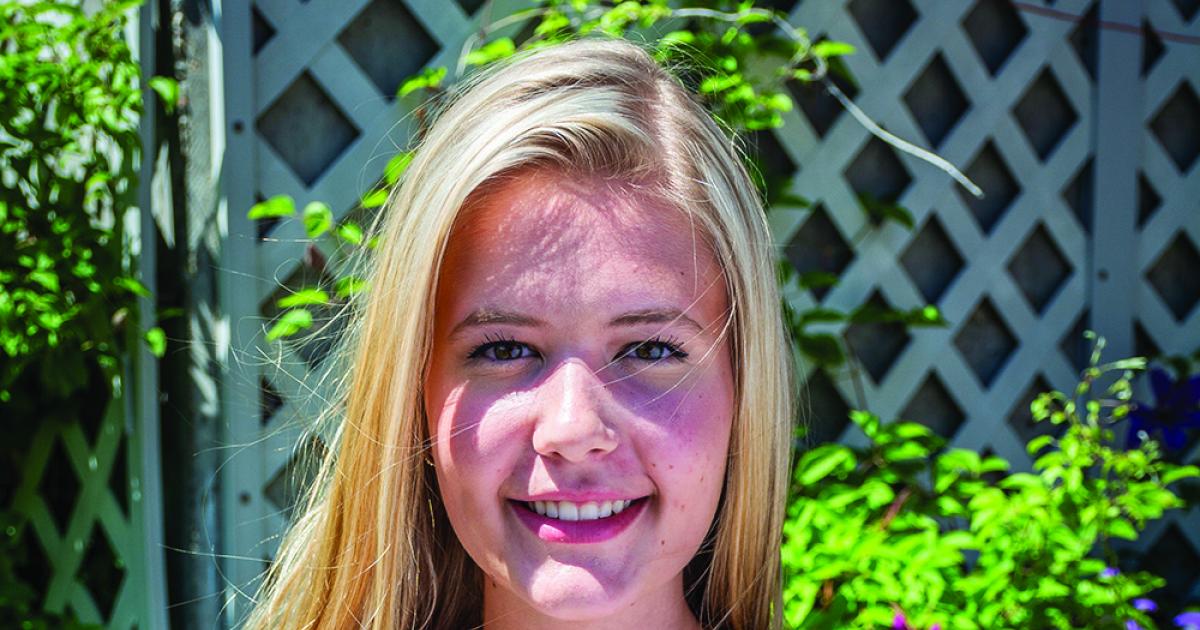You may have heard or read something about the “cow that stole Christmas.” On Dec. 23, 2003, this country’s first documented case of BSE or “mad cow disease” was discovered in a dairy cow in Washington state.
I was in a tractor, grinding hay, when the news came on the radio. I remember it like it was yesterday. When I got back to the house, I told my wife, Peggy, the U.S. beef industry would never be the same.
As one journalist correctly summarized, “Hysteria ensued. Markets tanked. Global trading partners closed their doors to U.S. beef. Media reports were rife with misinformation and conjecture that eating any beef could put people at risk.”
The U.S. Department of Agriculture (USDA) moved quickly to try to come up with some system to track every animal from the ranch where it was born to the packing plant. Every cattle operation was given a premise ID number. Traceability was the objective. High-frequency electronic ear tags were thought to be the answer.
USDA still is pushing for traceability. But a practical way has not been found to identify every animal and follow that animal as it changes hands, recording the information at the speed of commerce.
Segments of the U.S. cattle industry remain divided on voluntary versus mandatory animal ID and country of origin labeling – things that seemed likely 20 years ago.
It took 10 years, but the 30 or so countries that banned U.S. beef did reopen their borders. U.S. beef exports recovered and were a record amount in 2022. But the percent of beef exports age and source verified is relatively small, even as the demand for source-verified beef in this country is growing.
At the close of 2003, arguing that BSE was the biggest news story of the year, I wrote, “We still don’t know all the changes that might be forthcoming in the laws and regulations affecting the beef industry. And it remains to be seen if, one year from now, the BSE story was as big as it seems today.”
Now, after two decades, one might argue the industry has changed, but not as much as we thought it would.
___
Al Gustin is a retired farm broadcaster, active rancher and a member of Mor-Gran-Sou Electric Cooperative.


